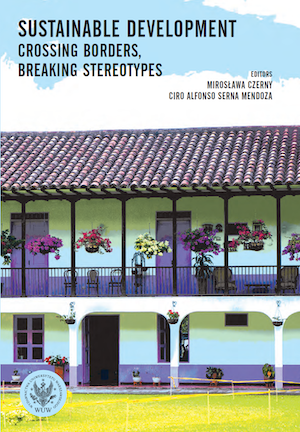Objective six of sustainable development 2030: characterization in hydrosocial territory in the south of the State of Mexico
Objective six of sustainable development 2030: characterization in hydrosocial territory in the south of the State of Mexico
Author(s): Alan Noe Jim Carrillo Arteaga, Jesús Castillo Nonato
Subject(s): Geography, Regional studies
Published by: Wydawnictwa Uniwersytetu Warszawskiego
Keywords: water; social actors and territoriality
Summary/Abstract: Objective six has as a priority “to guarantee the availability, sustainable management of water and sanitation for all”. This is an important human right, yet, there are millions of people who have difficulties in accessing basic services related to water. Such is the case of the equitable and fair distribution of volumes of liquid among the different social actors, which are found in the so-called hydrosocial territories. The concept of hydrosocial territory under the interaction between nature and society is represented by the water element and the human being. This relationship sets the standard for interrelationships marked by various sociocultural manifestations, as well as hydraulic work, regulations and agreements that make it constant, durable and dynamic. Human action encourages the formation of hydrosocial territories in which the different social actors seek access and control of water. In this sense characterizing a territory as hydrosocial concerns the investigation of the relationships between three elements; water, territory and society. The latter being the one that develops economic activities, based on water resources, through the infrastructure in the municipality of Coatepec Harinas, in the State of Mexico. The objective of the work is to present the characterization of the hydrosocial territory in which the forms of social organization presented by small entrepreneurs, producers and irrigation units that carry out agricultural and fl oricultural activities using the water resource are described and with this they have built a territoriality and the configuration of the hydrosocial territory.
Book: Sustainable development
- Page Range: 295-308
- Page Count: 14
- Publication Year: 2021
- Language: English
- Content File-PDF

